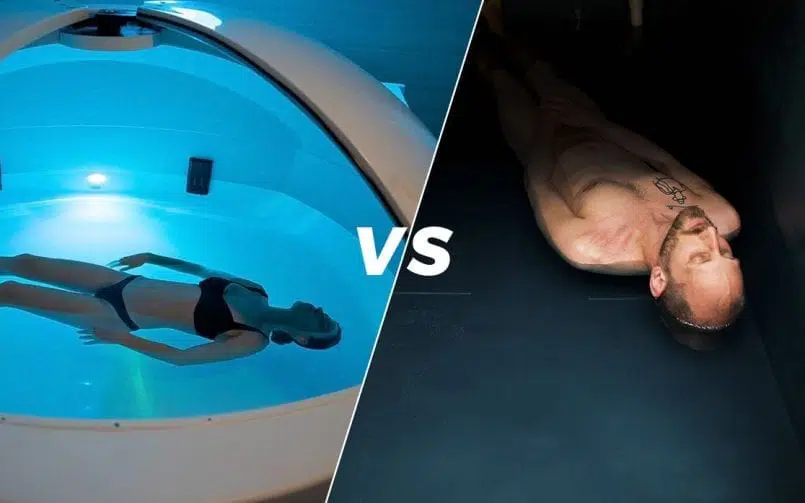TRUE REST FLOAT SPA
Is it Floating? Or is it Sensory Deprivation?

The concept of floating has been around since the 1950s – and in the last 70 years it’s gone by a few different names. For us, we consider True REST a “float spa” offering a “flotation therapy” service. Float therapy has also been called floating, sensory deprivation, REST, a float tank, think tank, or an isolation chamber. It’s all the same thing.
It all began in 1954 with Dr. John C Lilly, who was researching the mind’s response to “sensory deprivation,” a subject that had grasped the interest of the contemporary fields of neurology and psychology at that time. There was debate about what would happen if the brain, the center of consciousness, was removed from all sensory information. Lilly’s initial floating studies showed that the brain didn’t enter any kind of comatose state, and, once his participants came out of the isolation chamber, they reported feelings of intense relaxation and calm, with some even reporting epiphanies of personal discovery and self-realization.
Lilly’s interest was sparked, and he continued his floating research over the next two decades, refining his laboratory’s chamber and building other similar flotation devices to perform more experiments. These origins of floating resulted in terms like “sensory deprivation”, “tanks”, and “chambers”. While these are still some of the most widely used terms associated with the therapy today, we prefer terms with friendly connotations such as “float” and “therapy”, as opposed to “deprive” and “isolate.”
After several advancements in float tank design, researchers like Tom Fine began using the acronym REST in their early 1980 studies. That acronym, REST, stands for Reduced Enviromental Stimulus Therapy, and was being studied in publications of that time for it’s effects on relaxation and cortisol production. These industry advancements led to the recent expansion of floating across the world, resulting in hundreds of float facilities opening within the last 10 years.
In summary:
It’s an old term vs a new term:
The commonly known name, sensory deprivation, is associated with the therapy’s origins. Floating aka flotation therapy is a proven wellness treatment of the 21st century.
There are multiple definitions of “sensory deprivation”:
While flotation therapy solely describes floating itself; the dictionary definition of the term sensory deprivation refers to tortore methods and bondage not at all related to True REST.
We aren’t “depriving” senses, we’re enhancing them:
Studies have shown that our senses come more alive after 60 minutes of REST (much like how someone without the sense of sight has improved hearing).
Floating means the lights can be on/off:
While we give the option to completely for our clients to turn off all lights and sound (i.e. a sensory deprivation experience), our spas also have the ability to play custom music and enjoy relaxing lights. We believe that the benefits of floating are just beginning to be uncovered. The future is showing signs of virtual reality experiences, deep neural programming, language learning, and more.
We’re not here to deprive you of anything. Our goal is to enhance your life and increase your sensitivity to the world around you, both inside and out. In today’s world, our society is exposed to more stimulus than ever before, further encouraging the need for us to “reduce environmental stimuli” (which is why you’ll find the acronym REST True REST!). Whether you know it as an isolation chamber, a float tank, sensory deprivation or float therapy – in the end it’s all One.